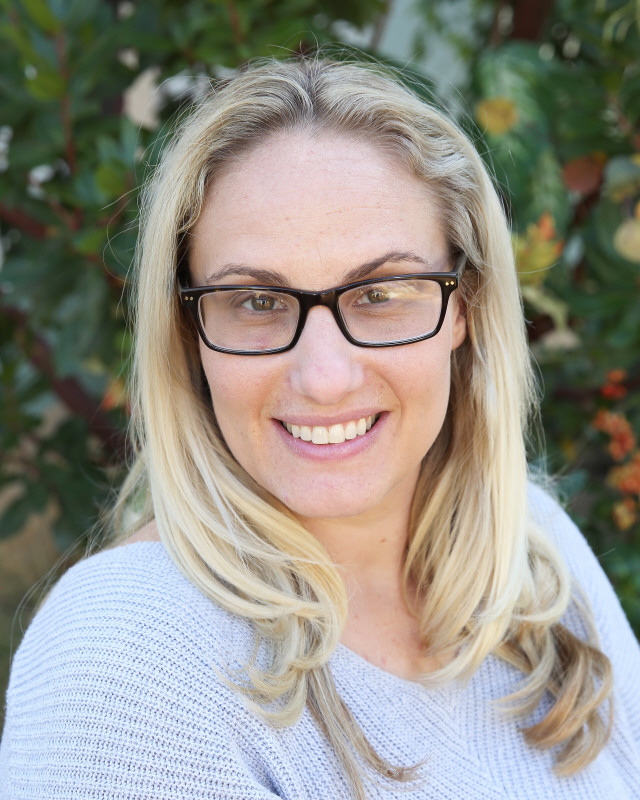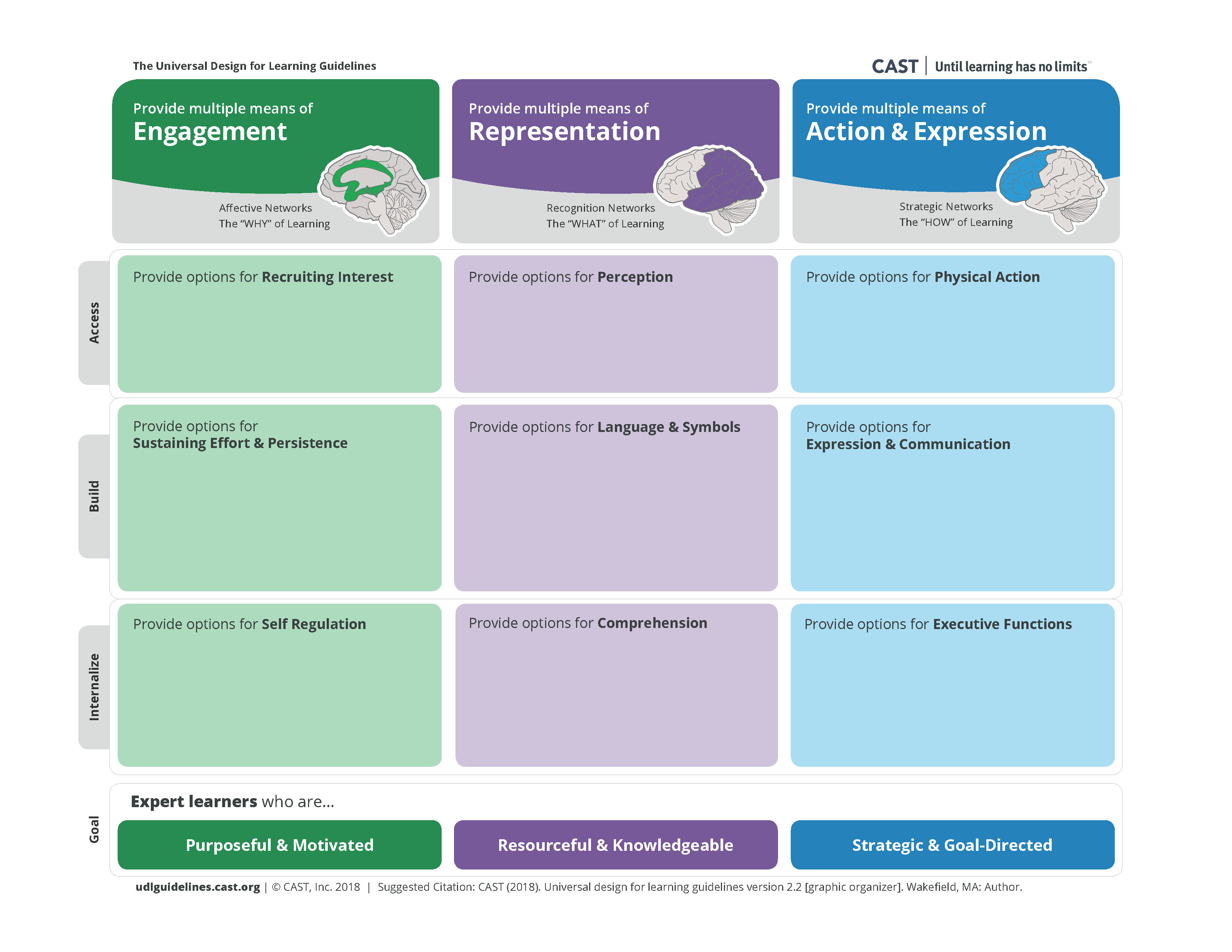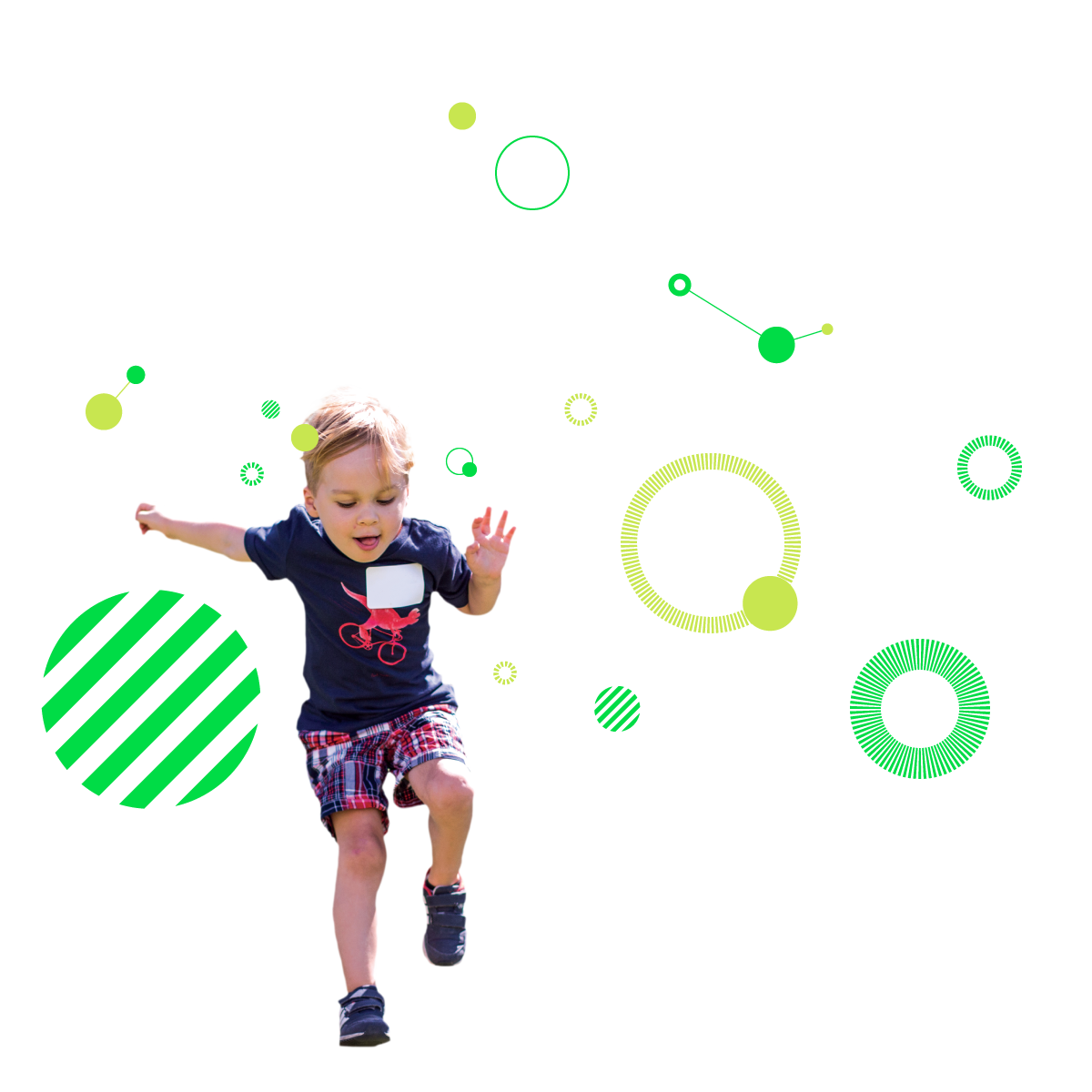 Thank you to our Curriculum Coordinator Kameron Spies for authoring this week’s blog post on how Turning Point School faculty consistently work to hone their skills as experts in early-to-mid-childhood education. Over the course of the year, we dedicate significant time and resources to Professional Development exercises and opportunities; I hope the post below will provide insight into the lasting benefits of this school-wide commitment to excellence. – Laura
Thank you to our Curriculum Coordinator Kameron Spies for authoring this week’s blog post on how Turning Point School faculty consistently work to hone their skills as experts in early-to-mid-childhood education. Over the course of the year, we dedicate significant time and resources to Professional Development exercises and opportunities; I hope the post below will provide insight into the lasting benefits of this school-wide commitment to excellence. – Laura
———
What makes a great teacher? This is a question that many of us have pondered at one point or another, either as students ourselves, or as parents working to provide our children with the best educational opportunities possible. Of course, we know that teachers must be kind, patient, knowledgeable, caring, and reflective lifelong learners. However, what appears to be an “X-factor” for great teaching is the ability to plan for and adapt to the wide variety of learners that cohabit our classrooms. Teachers who are able to design and implement lessons that stimulate and engage advanced learners and, at the same time, scaffold the curriculum in a way that is accessible to students with a range of learning styles is a delicate balance and what many argue separates the best teachers from the herd.
At Turning Point, we know that differentiated instruction is integral to great teaching and meaningful learning. We understand that from preschool through middle school and beyond, students learn and grow at different rates and that no two brains are alike. As a result, we regularly seek to provide our teachers with meaningful and innovative instructional strategies that enhance their professional tool belts, as teachers who are comfortable and skilled with the use of multiple instructional strategies are more likely to effectively reach students.
Recently, we were fortunate to partner with curriculum consultant Dr. Alexis Filippini who is an expert in differentiated instruction. During Dr. Filippini’s two-day visit, teachers met both as a full-faculty and in grade level bands where they examined the Universal Design for Learning (UDL) framework in detail. The National Center on Universal Design for Learning explains that UDL is:
- A framework for curriculum development encompassing a set of principles giving all students equal opportunities to learn
- Based on extensive cognitive neuroscience research that is centered around identifying the variance in human learning and studying a pedagogy that will properly address those differences
- Broken down into three guidelines:
- Provide multiple means of Engagement – The affective brain network, or the “why of learning”
- Provide multiple means of Representation – The recognition brain network, or the “what of learning”
- Provide multiple means of Action and Expression – The strategic brain network, or the “how of learning”

Overall, UDL is all about building in options for learners within all curricula from the start. It empowers educators to open themselves up to a more dynamic view of teaching and learning where they clearly define learning outcomes for their instruction, know where students are in relation to that outcome, provide multiple access points to lessons, and utilize flexible approaches for assessment. Further, UDL addresses learner variability by shifting the focus of instruction away from the elusive concept of the “average learner” and a “one-size-fits-all” curriculum, to a curriculum that is primarily designed to be flexible in supporting all learners with varied needs, especially those who fall “in the margins.” In doing so, UDL focuses on the differences in all learners and provides them with access along the way, rather than making time-consuming, after-the-fact changes that can quickly render activities, lesson plans, and even treasured instructional approaches obsolete.

Turning Point teachers came away from the two day workshop with tangible instructional strategies that they can add to the many tools that they already implement in their classrooms. They also reflected on current lessons and units, and brainstormed how they might be adjusted from the onset to reach all learners.
It was an honor to work closely with Dr. Filippini and our Assistant Head of School, Gaby Akana, during the planning process, and I continue to be incredibly proud to be a part of such an inspiring group of teachers who care so deeply about their students. Dr. Filippini, too, was struck by the expertise of our faculty, and noted our ability to find the unique strengths in each of our students, and then to use those strengths to illuminate the necessary access points to their individual learning profiles. I look forward to continuing this important work as we strive to make learning at Turning Point School accessible and inspiring for all.
Kameron Spies
Curriculum Coordinator
kspies@turningpointschool.org
For Further Learning:
If you are interested in learning more about learner variability, differentiated instruction, or Universal Design for Learning, check out these videos:
Todd Rose: The End of Average
Alberta Education: Using DI to Support All Learners
National Center on UDL: UDL Principles & Practices


































